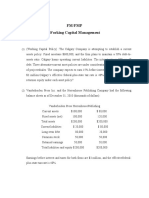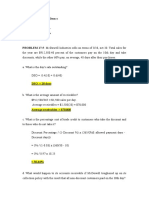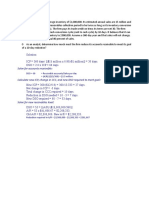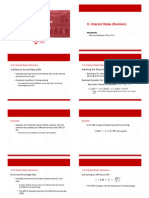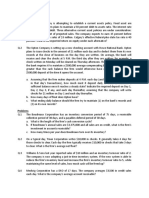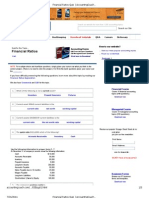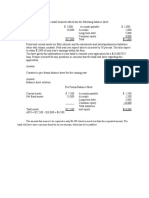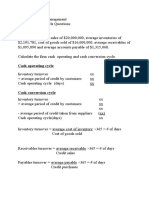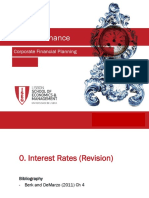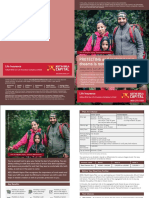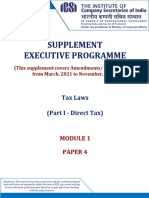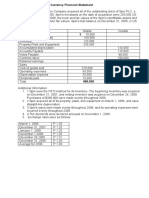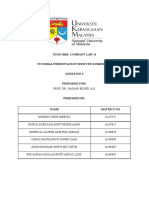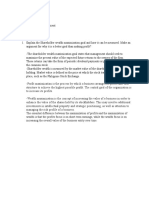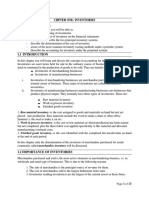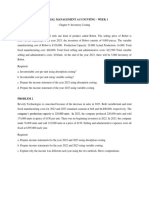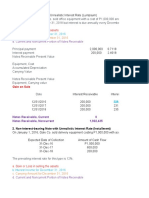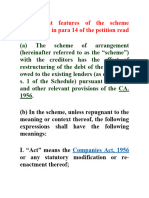0% found this document useful (0 votes)
12 views9 pagesWorking Capital Management - Problems For Discussion
The document discusses various problems related to working capital management, including financing plans for Guardian, Inc., inventory management for Higgins Athletic Wear, accounts receivable aging for Marv's Women's Wear, and trade credit considerations for Johnson Electronics and Lancaster Lumber. It provides detailed calculations for interest expenses, earnings after taxes, economic order quantities, average inventory, and cash budgets. The analysis emphasizes the importance of financing strategies, inventory management, and credit policies in optimizing working capital.
Uploaded by
marklaurino204Copyright
© © All Rights Reserved
We take content rights seriously. If you suspect this is your content, claim it here.
Available Formats
Download as DOCX, PDF, TXT or read online on Scribd
0% found this document useful (0 votes)
12 views9 pagesWorking Capital Management - Problems For Discussion
The document discusses various problems related to working capital management, including financing plans for Guardian, Inc., inventory management for Higgins Athletic Wear, accounts receivable aging for Marv's Women's Wear, and trade credit considerations for Johnson Electronics and Lancaster Lumber. It provides detailed calculations for interest expenses, earnings after taxes, economic order quantities, average inventory, and cash budgets. The analysis emphasizes the importance of financing strategies, inventory management, and credit policies in optimizing working capital.
Uploaded by
marklaurino204Copyright
© © All Rights Reserved
We take content rights seriously. If you suspect this is your content, claim it here.
Available Formats
Download as DOCX, PDF, TXT or read online on Scribd
/ 9

